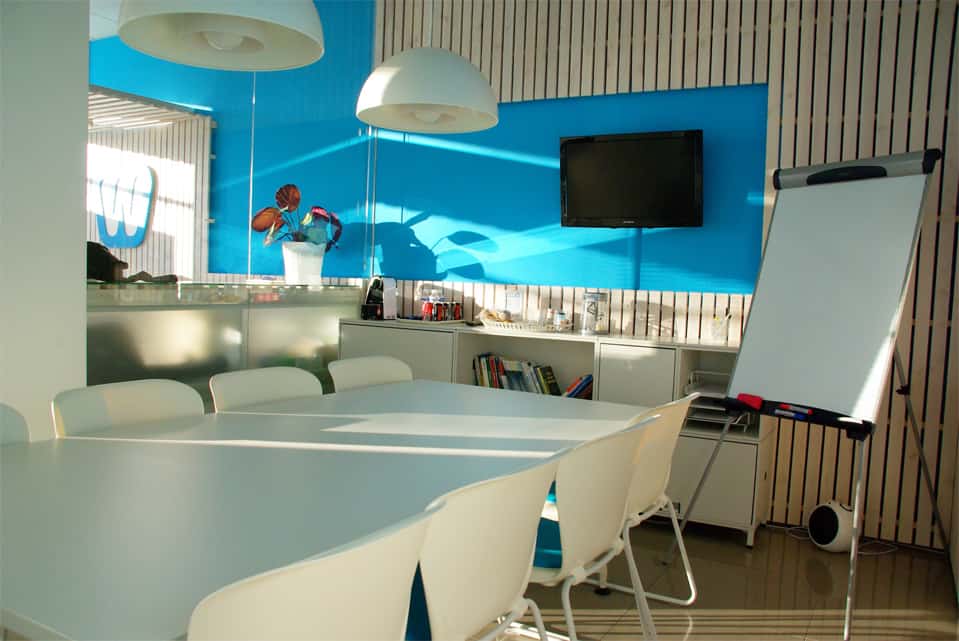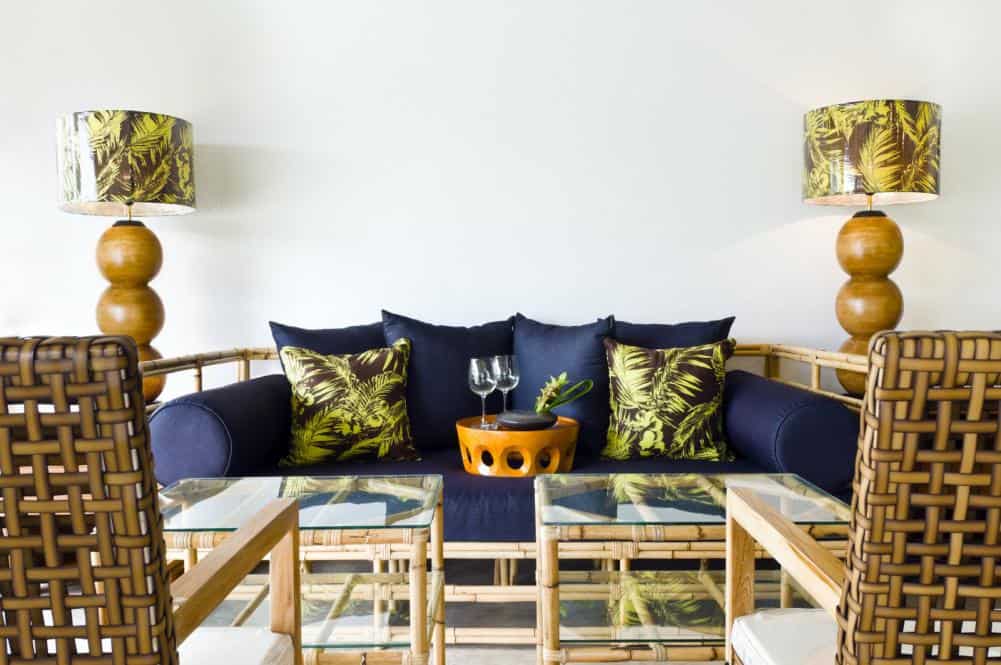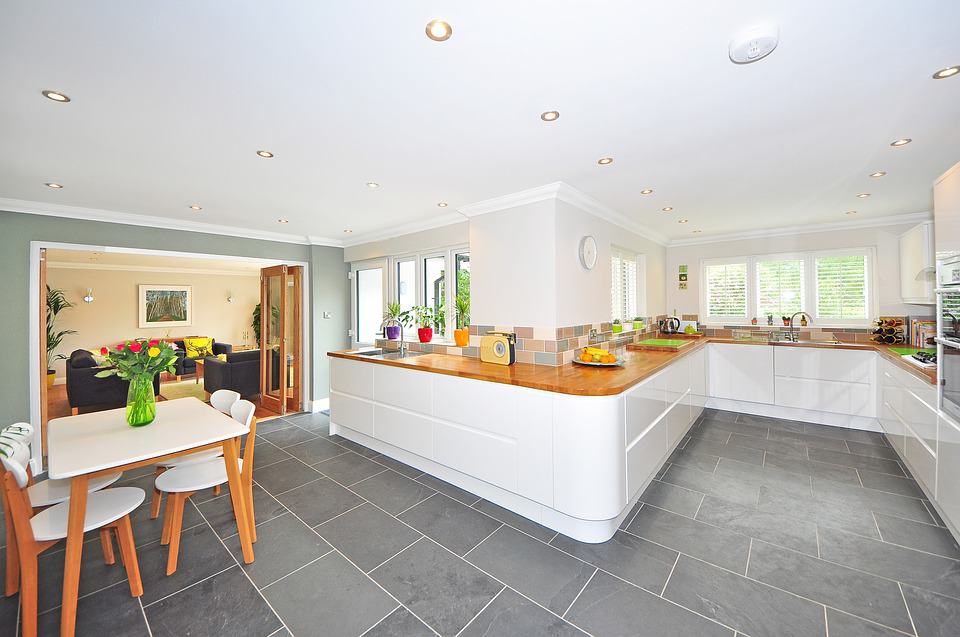Crafting and designing a home can be both exciting and tedious at the same time. Most of the time, the one exhausting task that weights and looms heavy on our mind are deciding on the colour palettes and designs on the interior walls. Walls are undoubtedly a deal-breaker when it comes to the domain of interior designing. And that is exactly why one needs to put extra time and effort on the colour scheme and designs of the home interior. This process involves a little patience and strategic planning.
One of the major risks involved with the paints and colour schemes is that they can turn out completely different from the idea or design that you originally anticipated. This can happen due to a bunch of reasons. Starting right from picking your colour palette and deciding on the gradients to the actual process of execution. Thus, in today’s page, we break down five easy steps on how to proceed with the colour schemes and styles for your interior designing. We promise to keep it very simple and minimal for you as most of these steps involve the thoughts and mapping. So, let us get started.
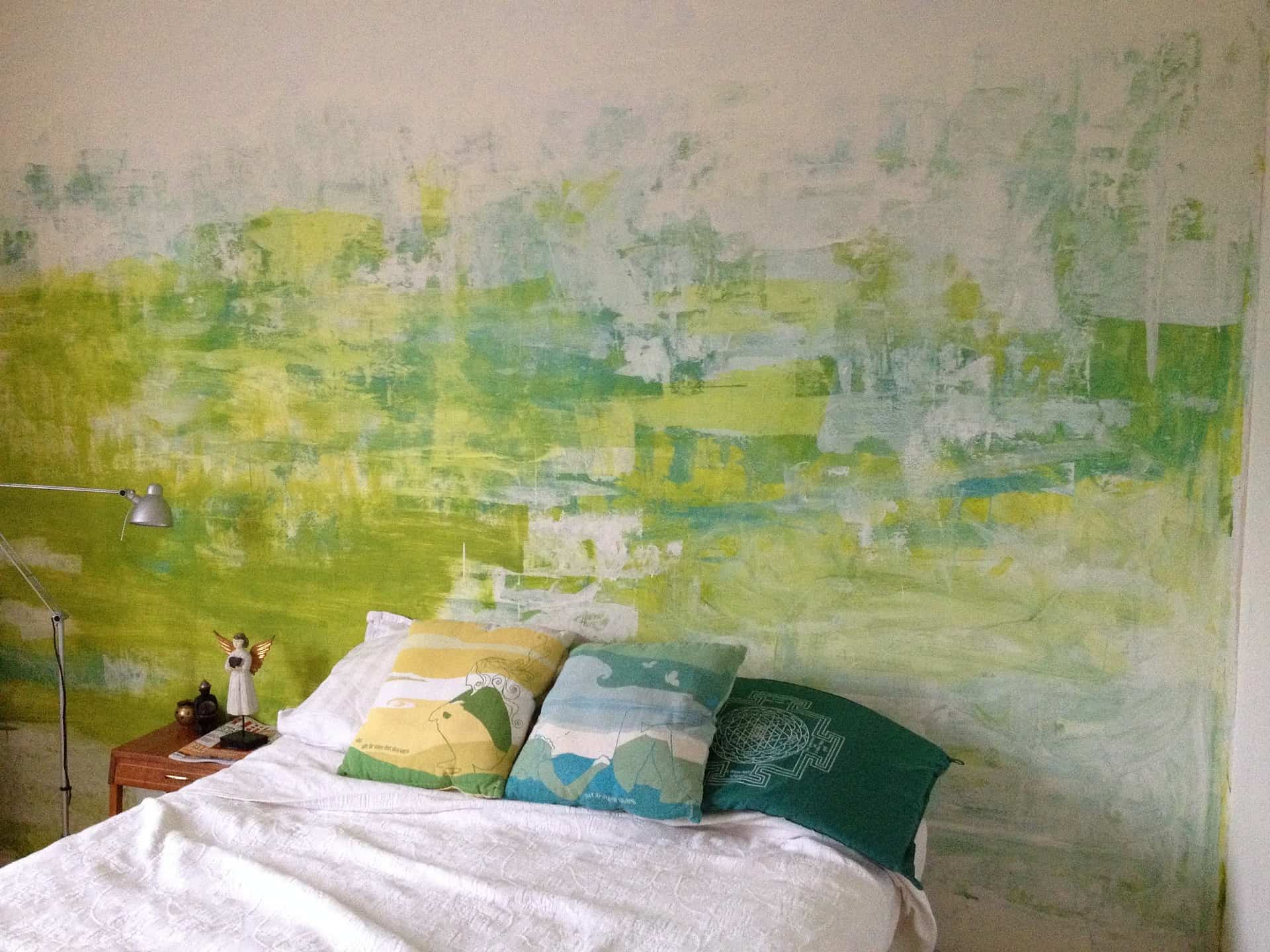
01. Building an Inspiration Board
Your home should essentially reflect what you love. So, if you are starting from scratch, then we suggest following the lead of your inspiration. Create a collective board of all the home interior walls that appeals to your taste. For starters, you can look for inspirations from interior designing websites, paint companies, Pinterest or even Instagram. These pages should confirm your taste of colours and help you on locking the style, colours and vibe that you want for your home interior. Once you have figured out the base colours, it’ll get a lot easier to play with the designs as per the styles that fit your space. This is an organized way to start planning the perfect shades for your crib.
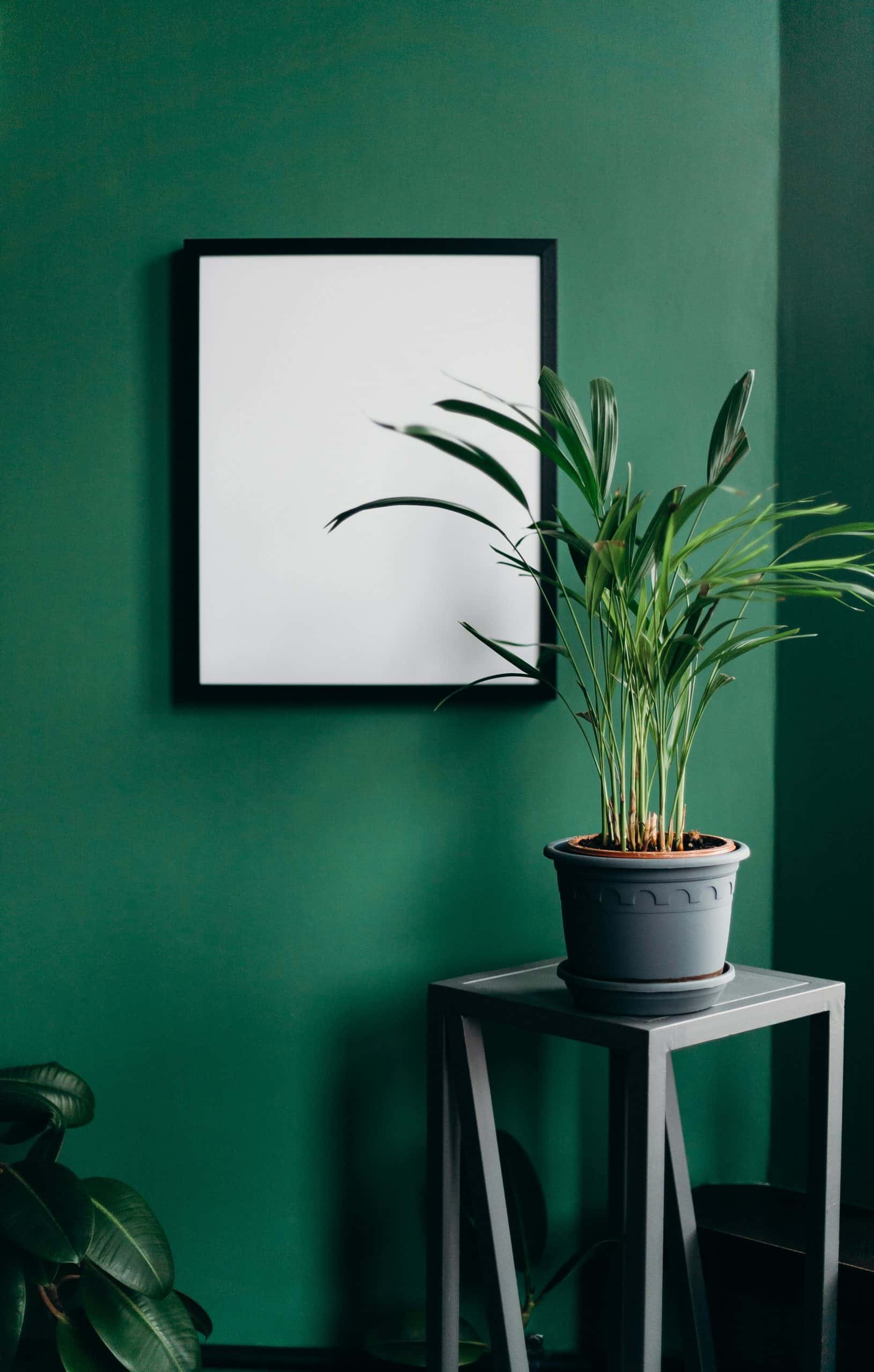
02. Balancing the Shades
Your entire home aesthetics has a lot to do with the balance in the elements of the room, colours being one of the most dominating factors. The safest way to ace the colour schemes of your interior walls is to settle on a neutral base and then creatively build on that. Neutrals, nudes and pastels necessarily do not have to be boring. You can simply opt for the contrasting colours to the base one as a décor feature, an art wall or even a gradient wall. Instead of going for plenty of colours, we suggest you play around with multiple shades and tone of two to three colours in total. This way, you can create a fun and beautiful space, while also maintaining the central theme of your home interior.
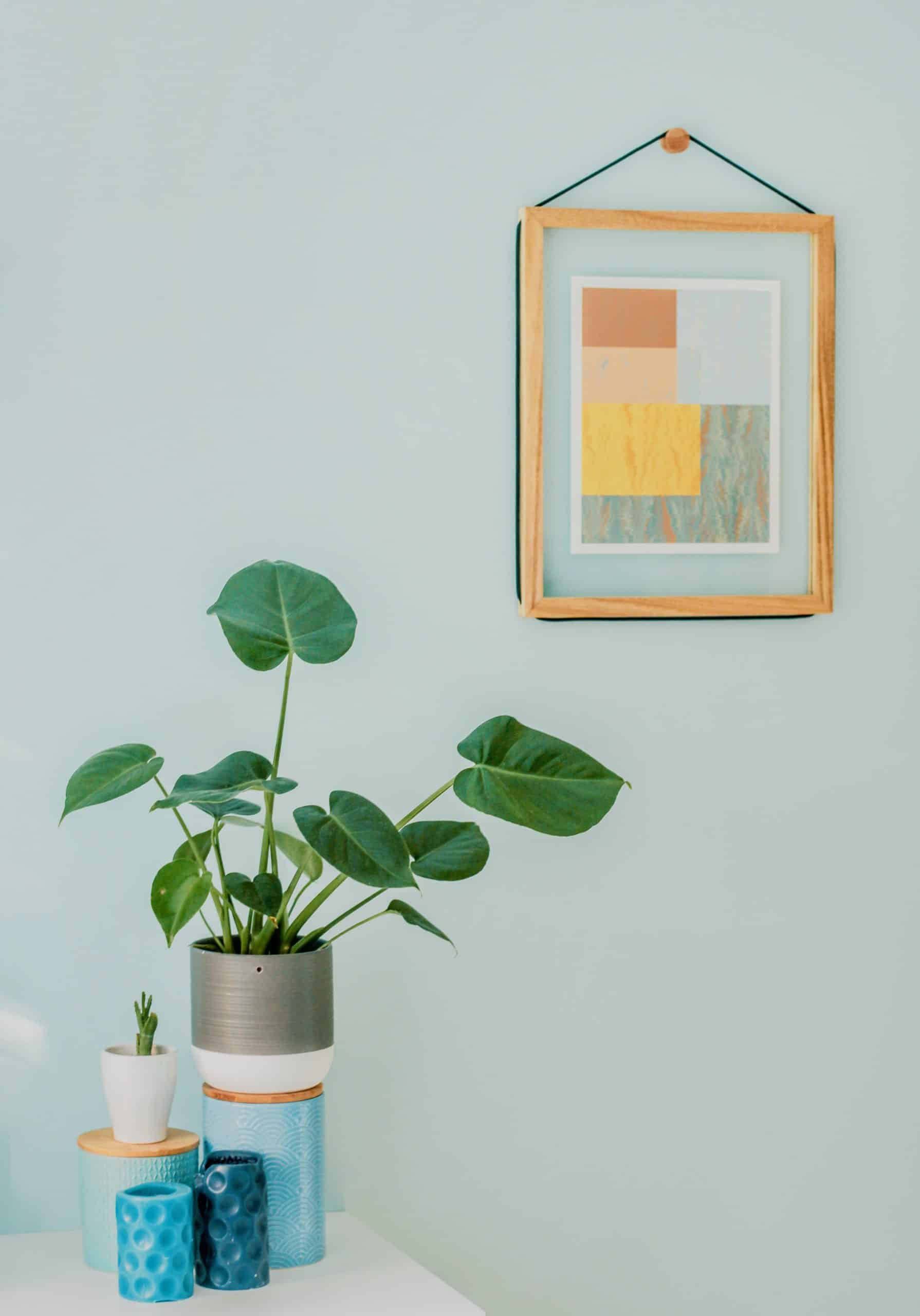
03. Finding the Undertones
This one is just one of the stuff that we simply overlook or are usually less acquainted with. The undertones to your colour palette silently affect the combination of the shades. Undertones are the underlying colours to the primary colours that you’ve picked. Every shade of colours can be categorized under warm and cool tones. For example, a soft peach blush shade having a strong orange undertone will fall into the category of warm tone. And a flushed pink shade will make it to the cool tones. It is advisable to not blend in the colours of both tones into the same palette. And the only way to make sure of that is to get some sampling done. We will discuss that briefly in the next pointer. The following snap represents a cool-toned yet pastel-painted room.
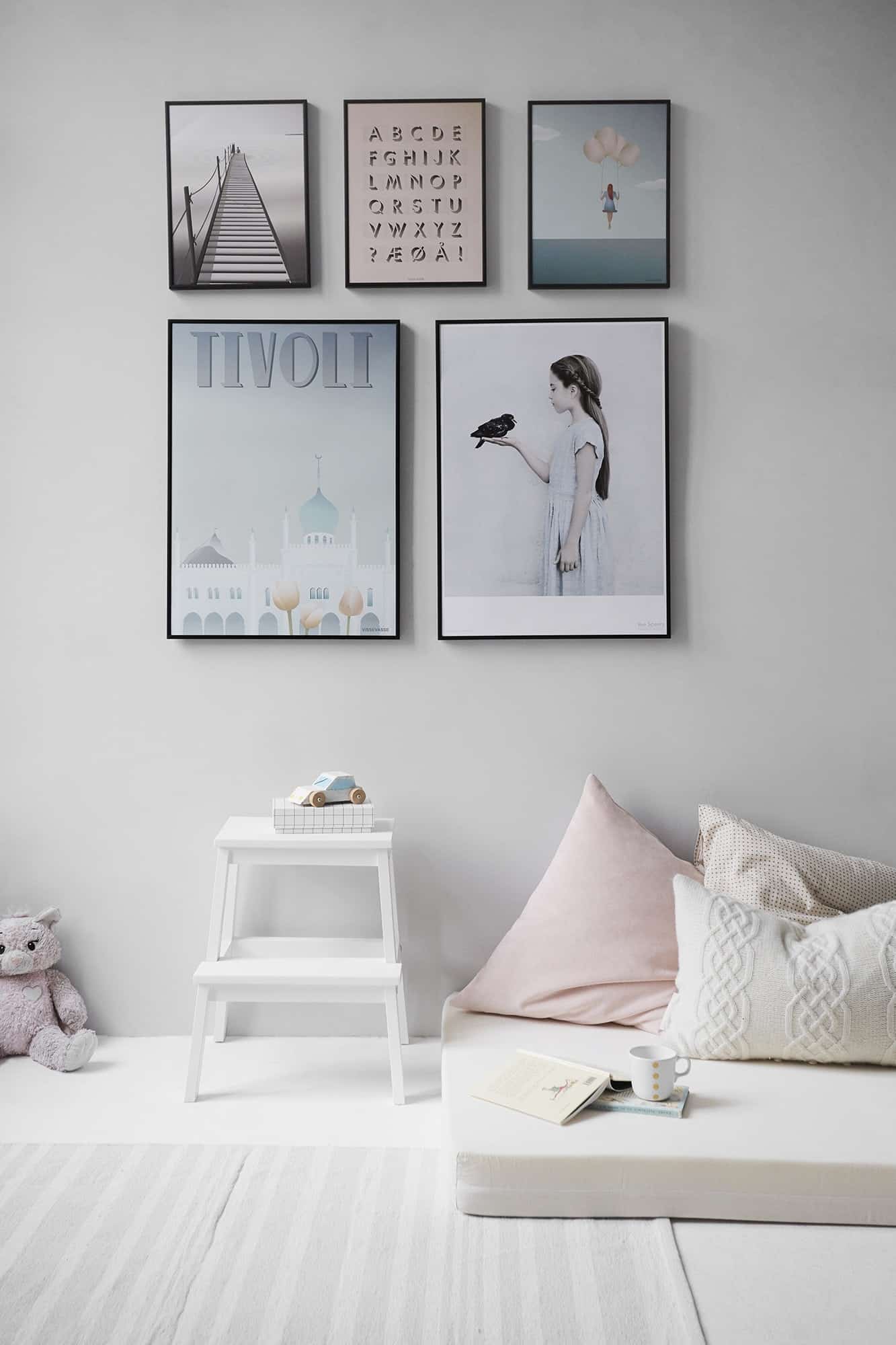
04. Sampling the Paints
This is one of the most essential things to be done before you start painting your home interior on the main scale. This one particular step will save you all the exhaustions and disappointments of messing up the colour schemes. Sampling the colours and shades will give you a very precise and definite idea of how much amount of paint you might need and thus prevent wastage. Through sampling, you’ll also get a better idea of how the colours will exactly look when painted on. Thus, you should never miss out on this particular step to avoid a colour blunder.
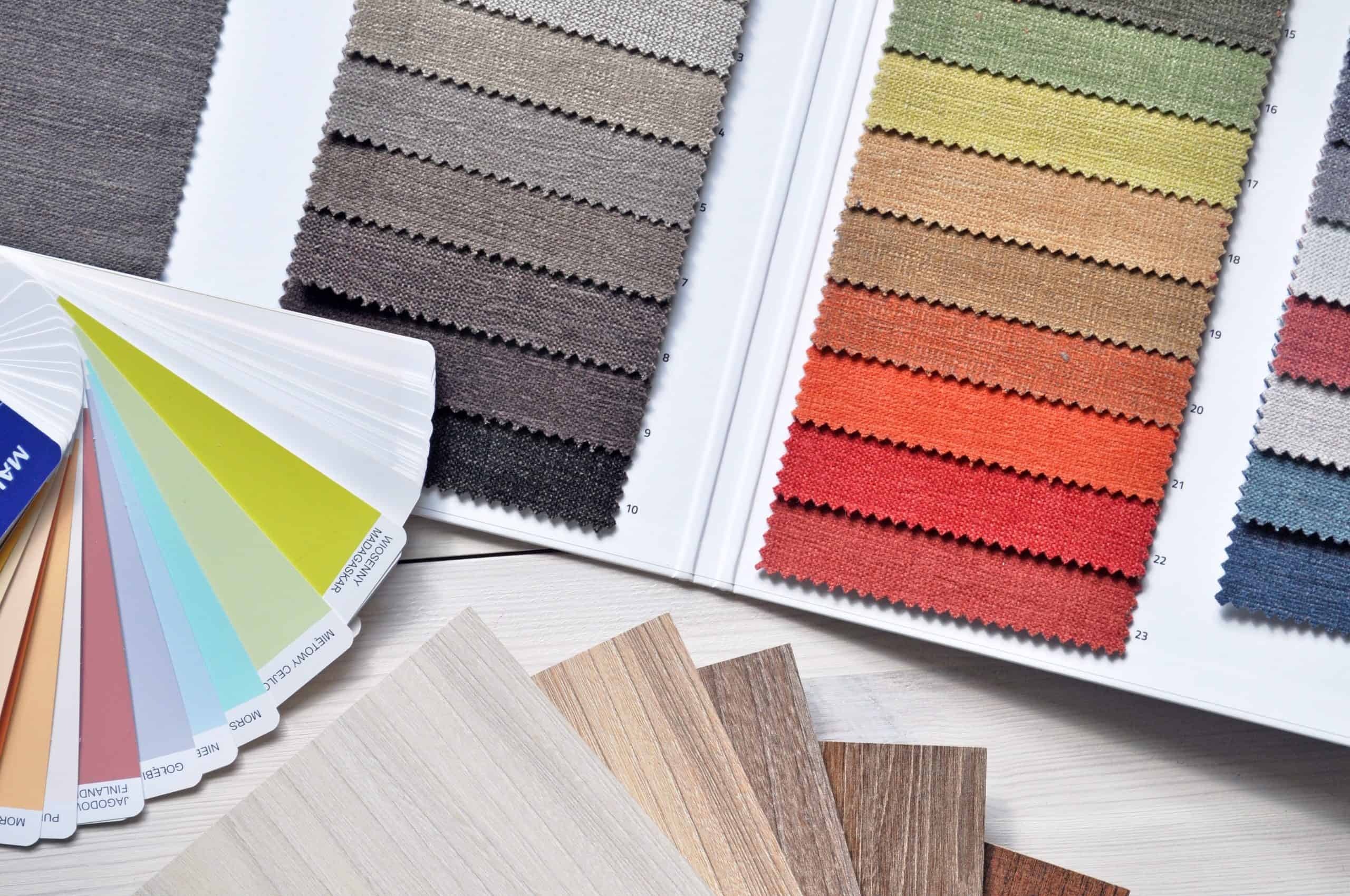
05. Go Big and Bold
Big colour patterns and patchy painted wall motifs are every interior designer’s living nightmare. So, we definitely don’t want to end up on that. But at the same time, it also doesn’t mean that you should not try creative interior arts to spruce up your otherwise basic walls. And in that case, all you need to do is just get some simple planning done. As we have already covered the four primary essentials, finding a theme, settling on a base finding the undertones and sampling them, now let us discuss on how creative you can get with your walls.
Feature walls are one of the trendiest interior walls designs as of now and fit perfectly into almost all kinds of home interior. They do not only work great with funky and vibrant colours but, can also be created with pastel and both cool and warm shades. For a little more colour inclusion in your room, you can try on a gradient wall as well. These walls exude an extremely dreamy aesthetic in your room.
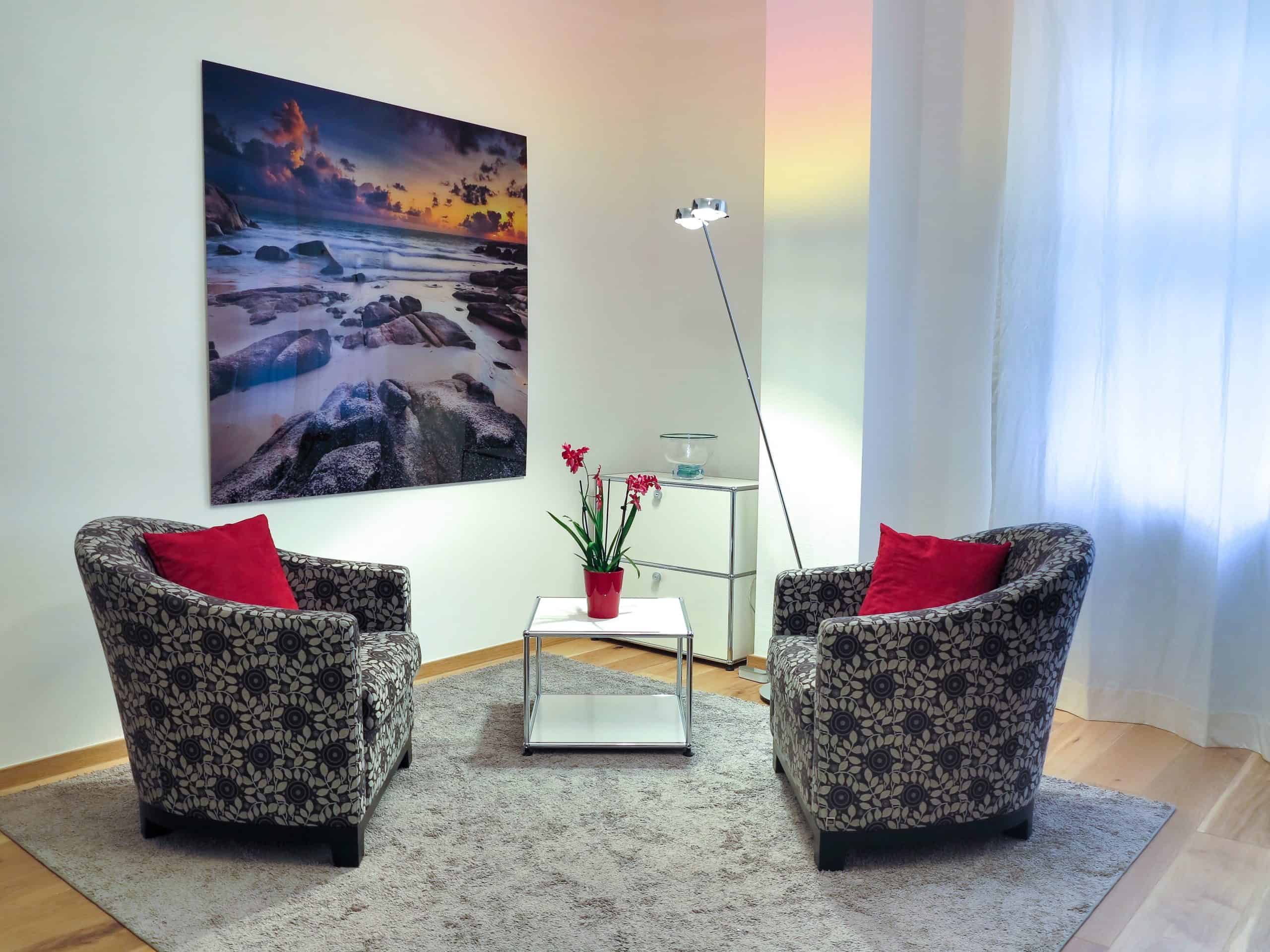
And that in totality will hopefully conclude your quest for the colour pickups for your abode. However, there are a few more things that you should take care of, one of them being colour flow. While painting your home, you should keep in mind to keep the ongoing style or theme of your home intact. Maintaining a colour flow throughout the house is very important for this purpose. Extremely diverse shades or wide colour range can make your interior design look tacky. So, make sure to transition smoothly into the shades and keep the colour range small and tasteful. Last but not the least, do not rush into this as colours and painting are tasks of patience. And hence, create your crib with passion and love for within. All the best with your painting project.








